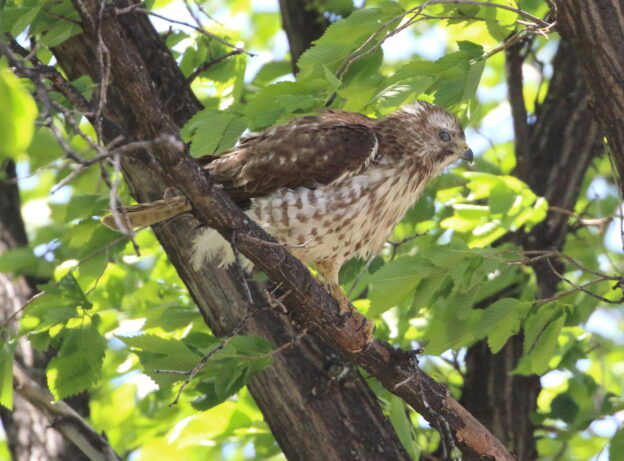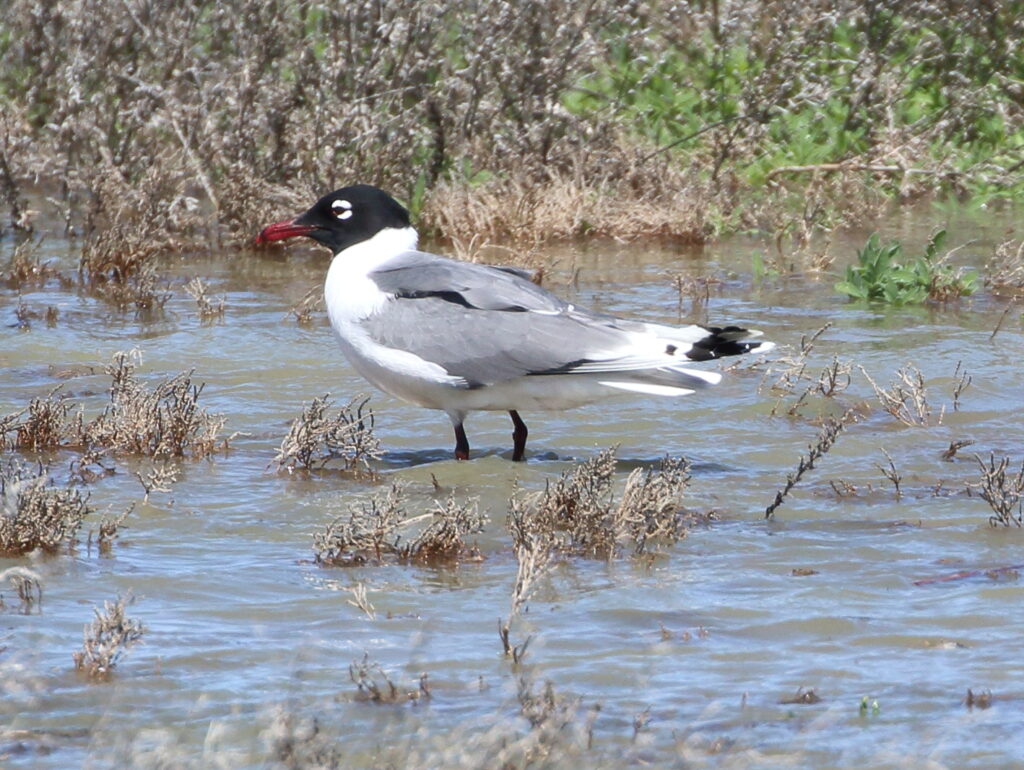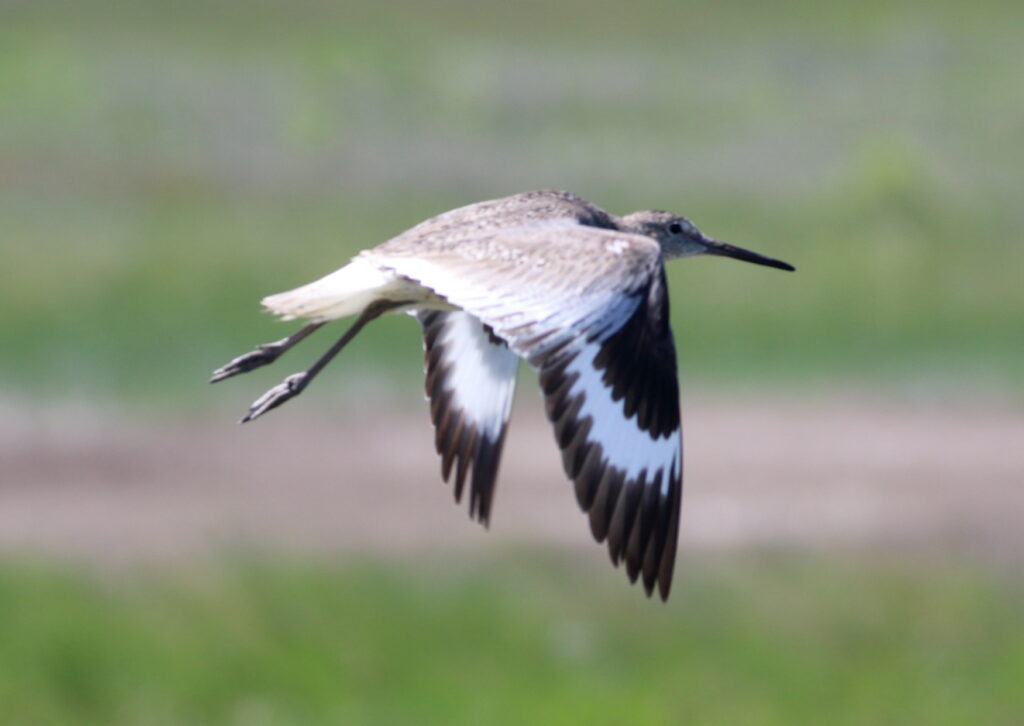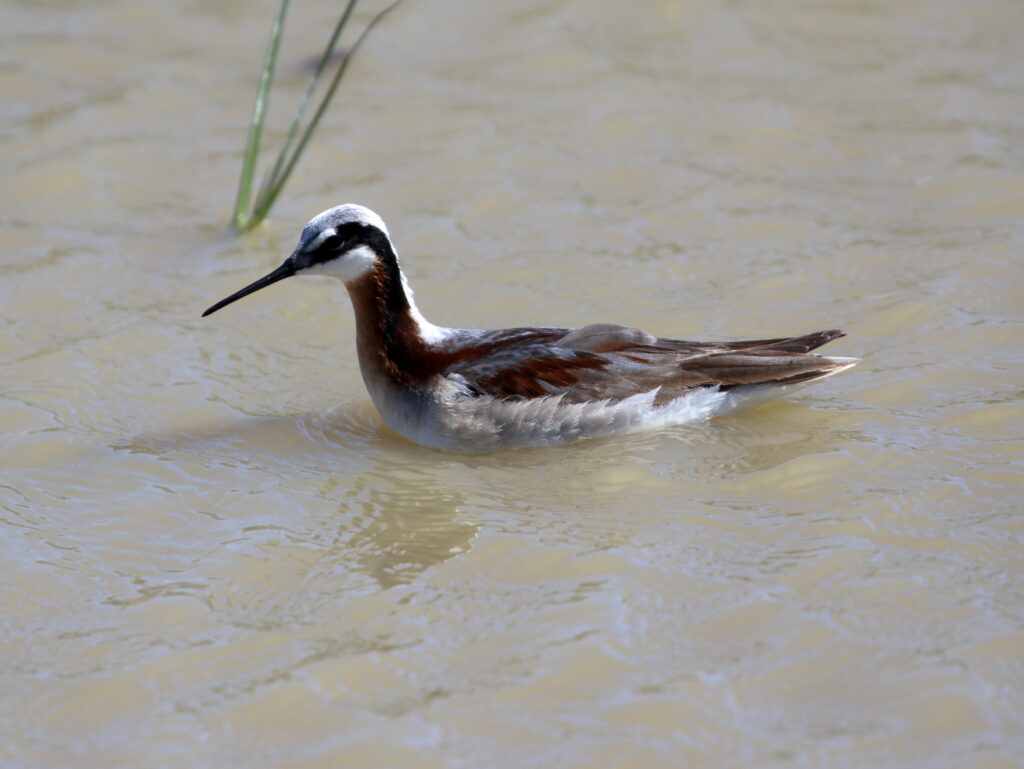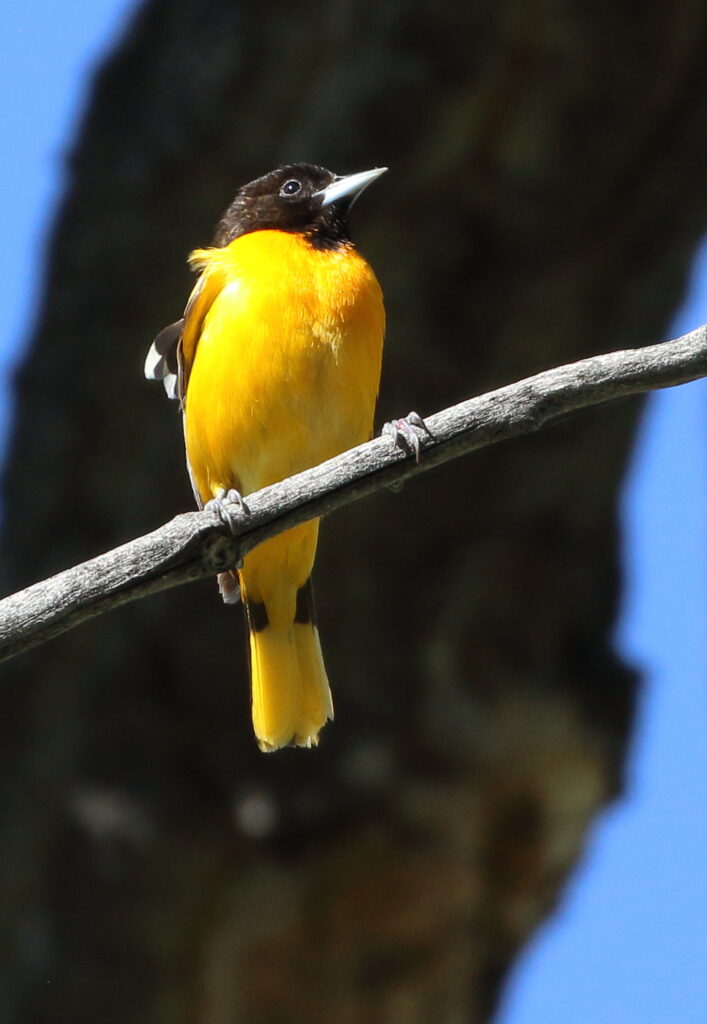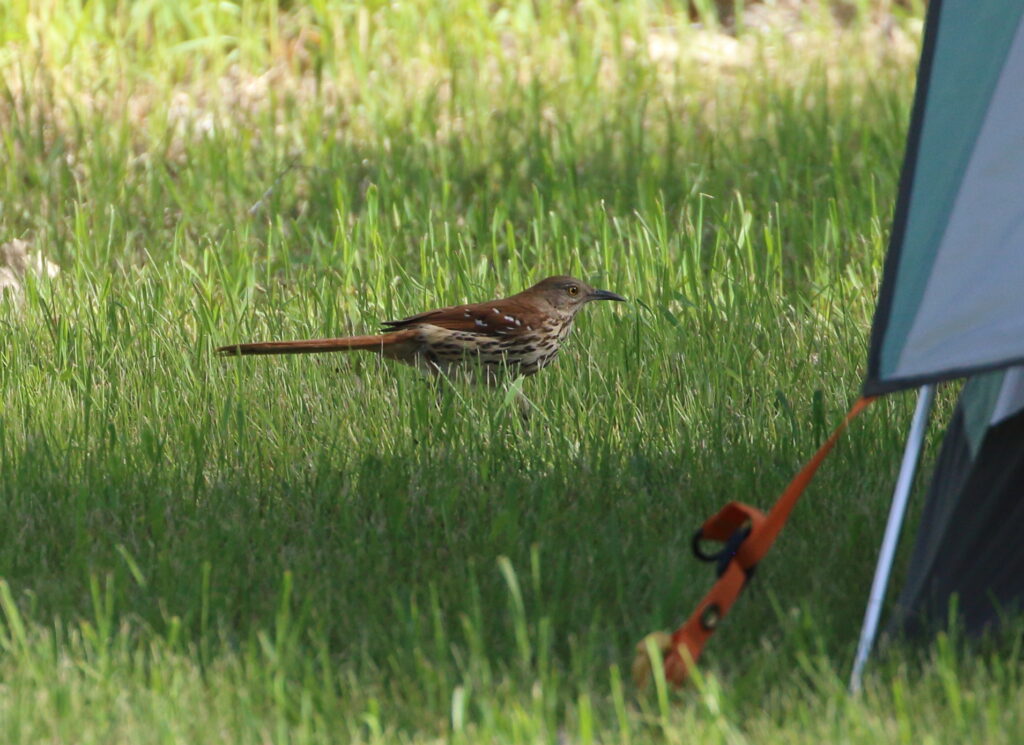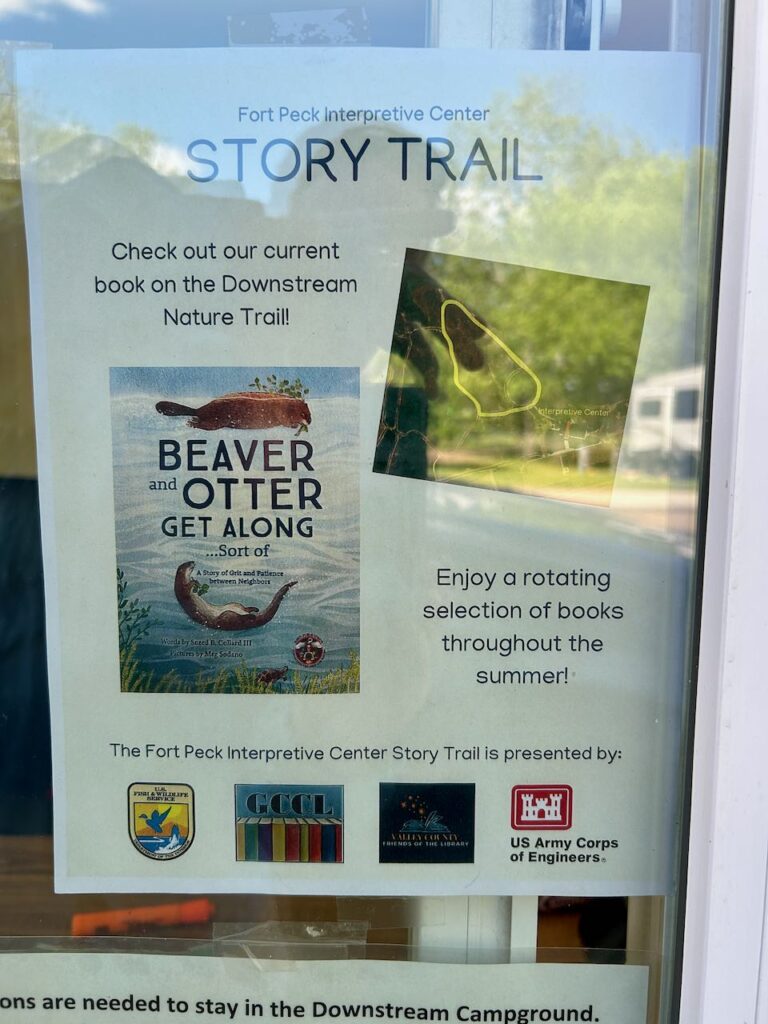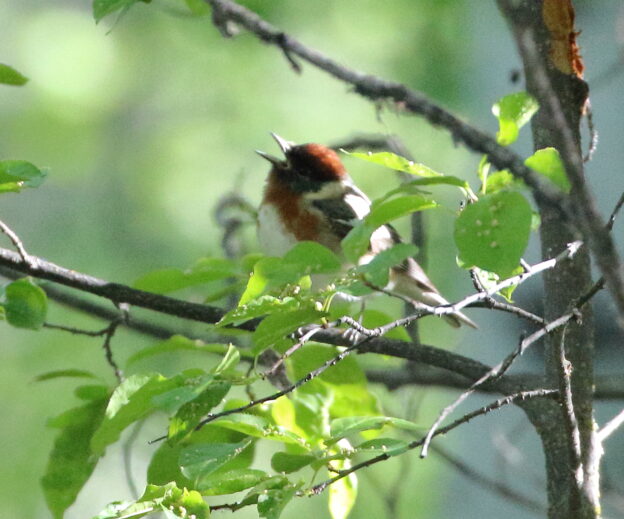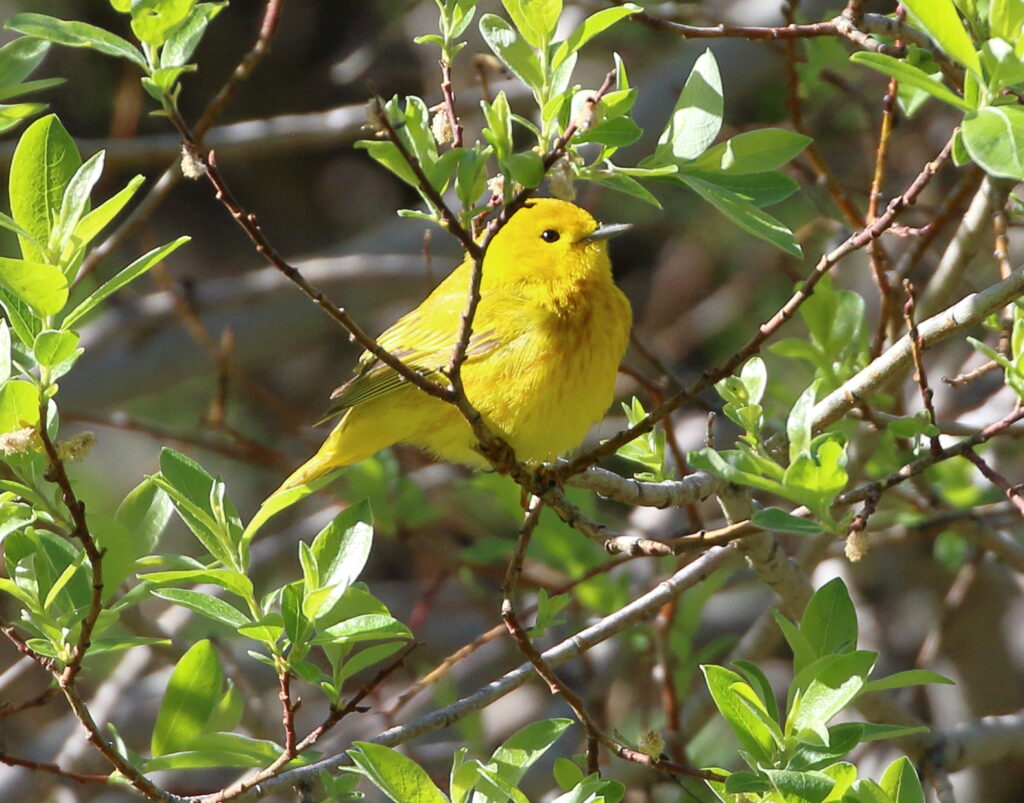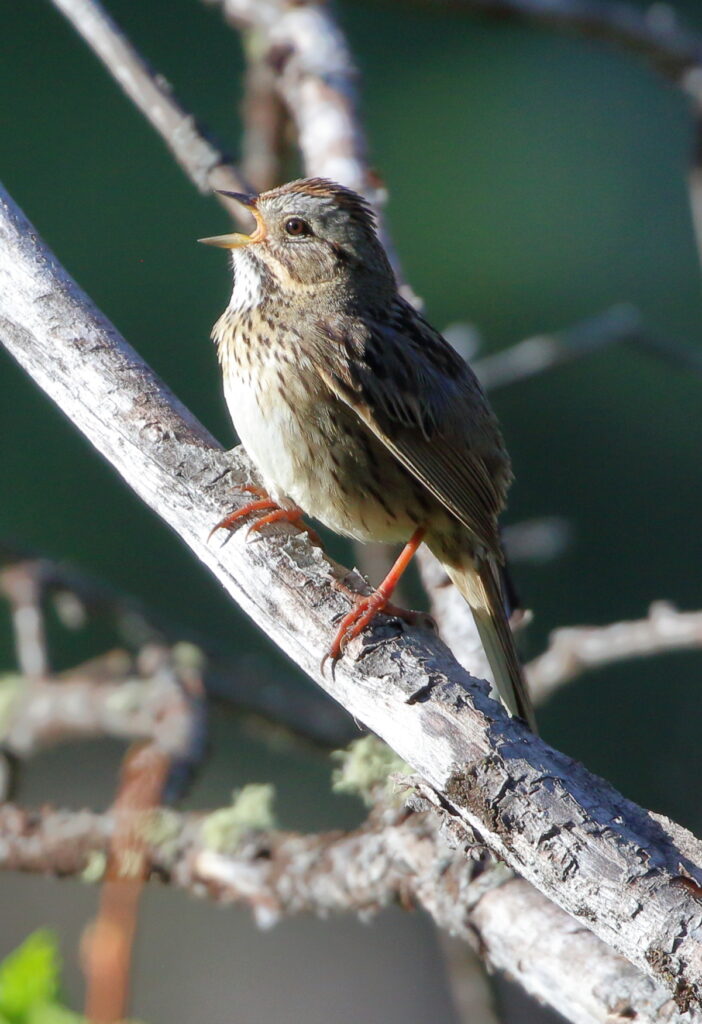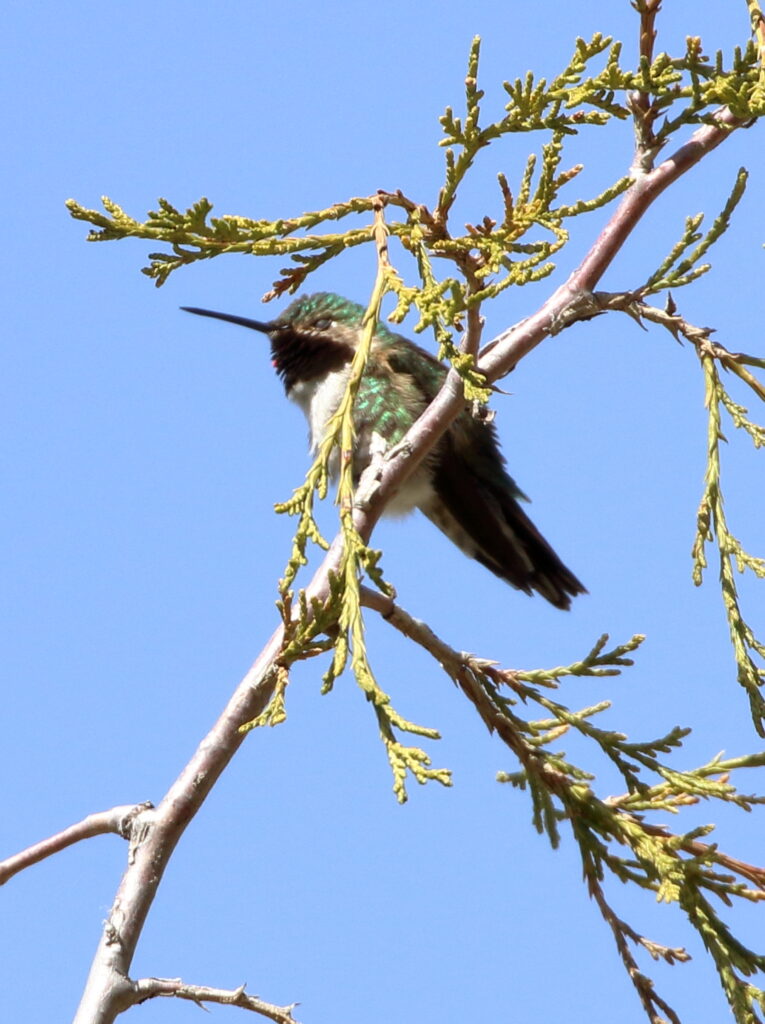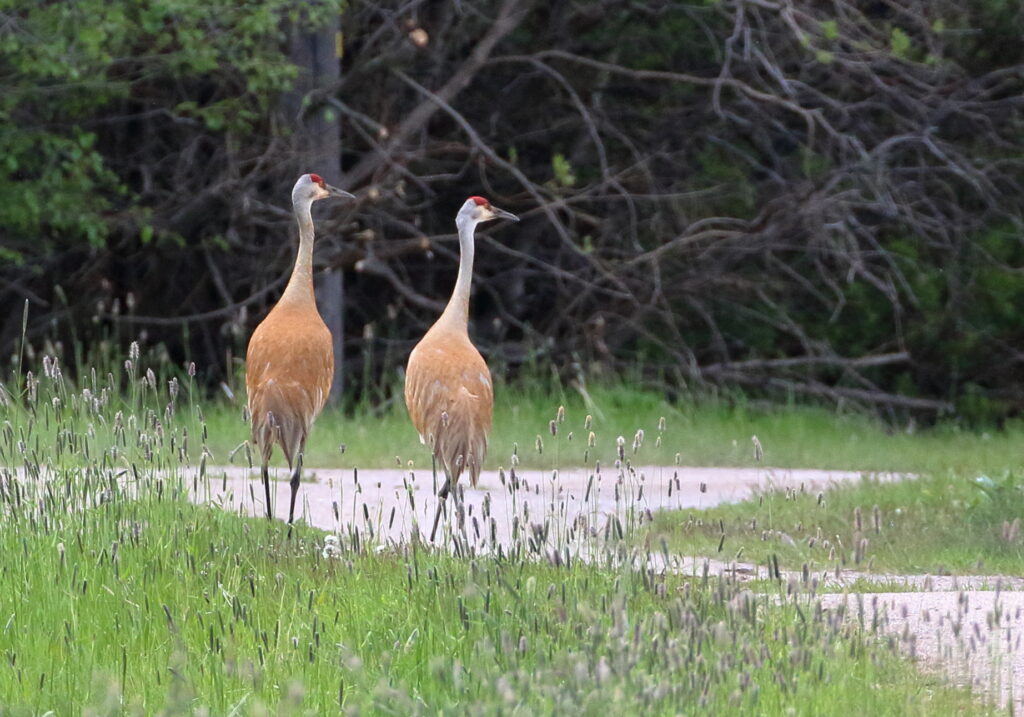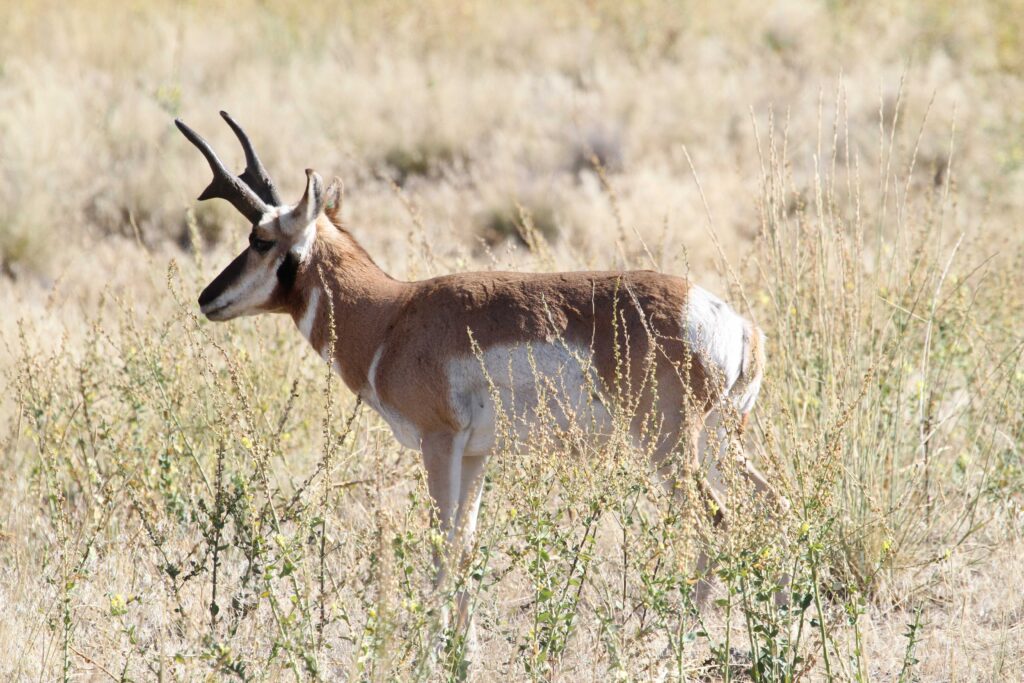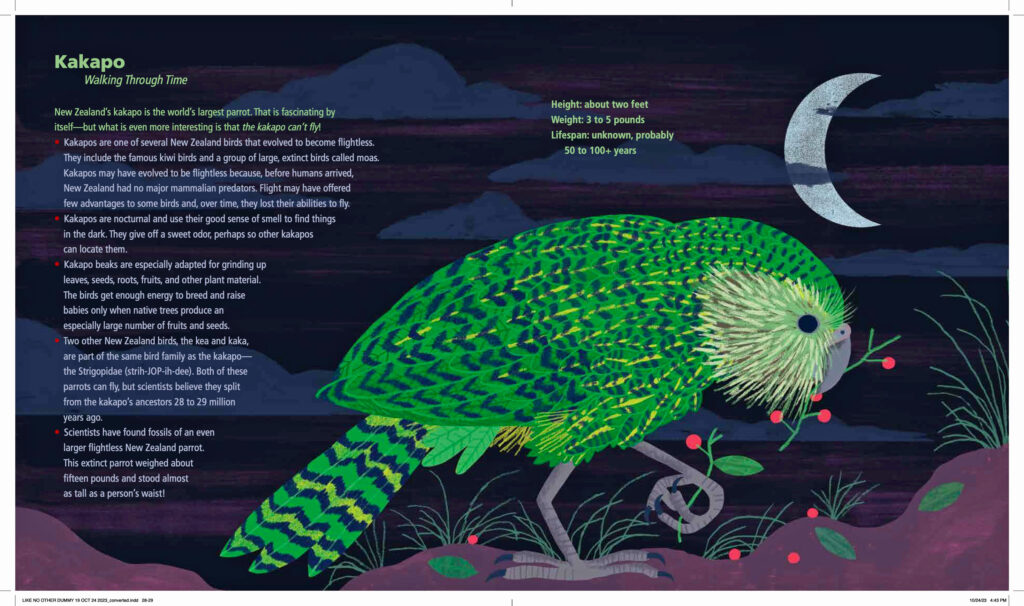Welcome to Part 3 of our 2024 Eastern Montana Odyssey! In this installment, we recount our adventures traveling from Fort Peck to Plentywood, including a wonderful grassland birding site and a big raptor surprise as we start trying to knock off our last seven birding counties in Montana. Enjoy, and don’t be shy about sharing!
After breaking camp at Fort Peck (see our last post), Braden and I continued onto the next stage of our epic eastern Montana safari. We had several goals for the day, including birding one of the remaining seven counties we had yet to fill in on our eBird maps. Unfortunately, gusty 20-40 mph winds continued, so we knew we needed to stay flexible. After grabbing breakfast at the French restaurant Le McDaniels in Glasgow, we headed north to our first stop, Kerr Road, south of Opheim, Montana. Last spring, FWP biologist Heather Harris (see my brand new Montana Outdoors article “12 Little Brown Grassland Birds Every Montanan Should (Kinda) Know” in the July/August 2024 issue) took me and my buddy Scott Callow on a delightful visit to Kerr in search of grassland birds, and I was eager to show Braden the area as well.
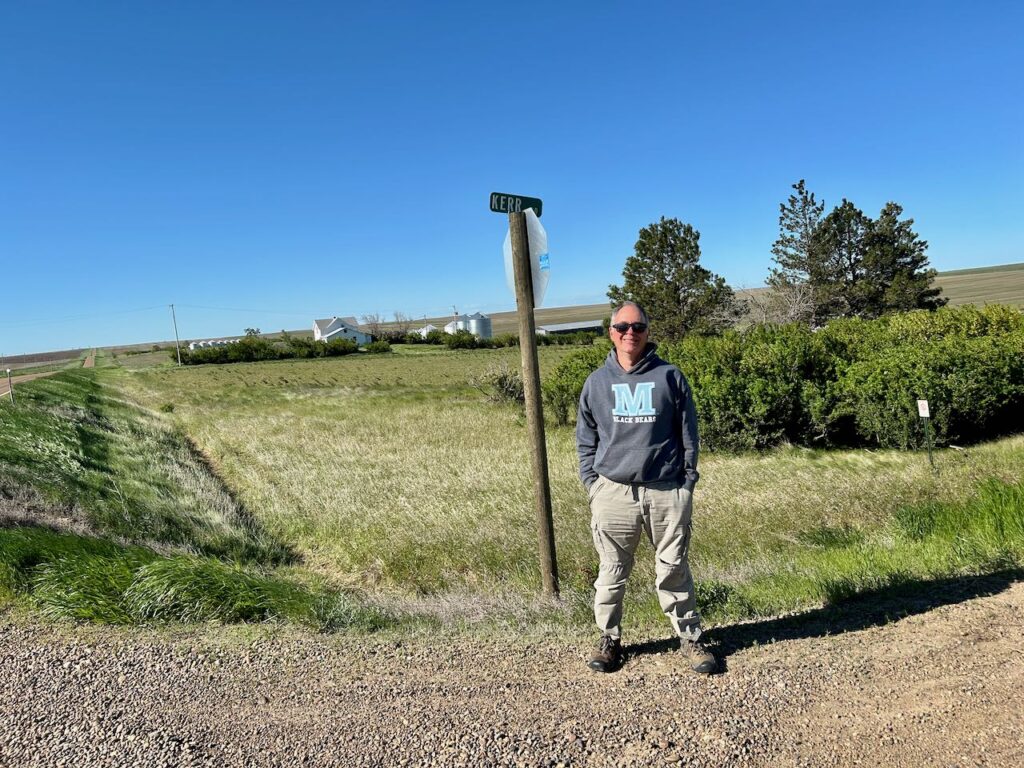
Thanks to progressive grazing and conservation policies, much of the land alongside the road has been kept in grass, making it great habitat for grassland birds. Despite the wind, we spotted Upland Sandpipers, Willets, and at a spot called Ward’s Dam, Wilson’s Phalaropes. We also saw or heard a full complement of smaller grassland birds including 17 Chestnut-collared Longspurs, Lark Buntings, a Baird’s Sparrow, and what would turn out to be our only Thick-billed Longspurs of the entire trip! All told, we saw forty species, but our total would have undoubtedly been higher without the howling gusts from up north.
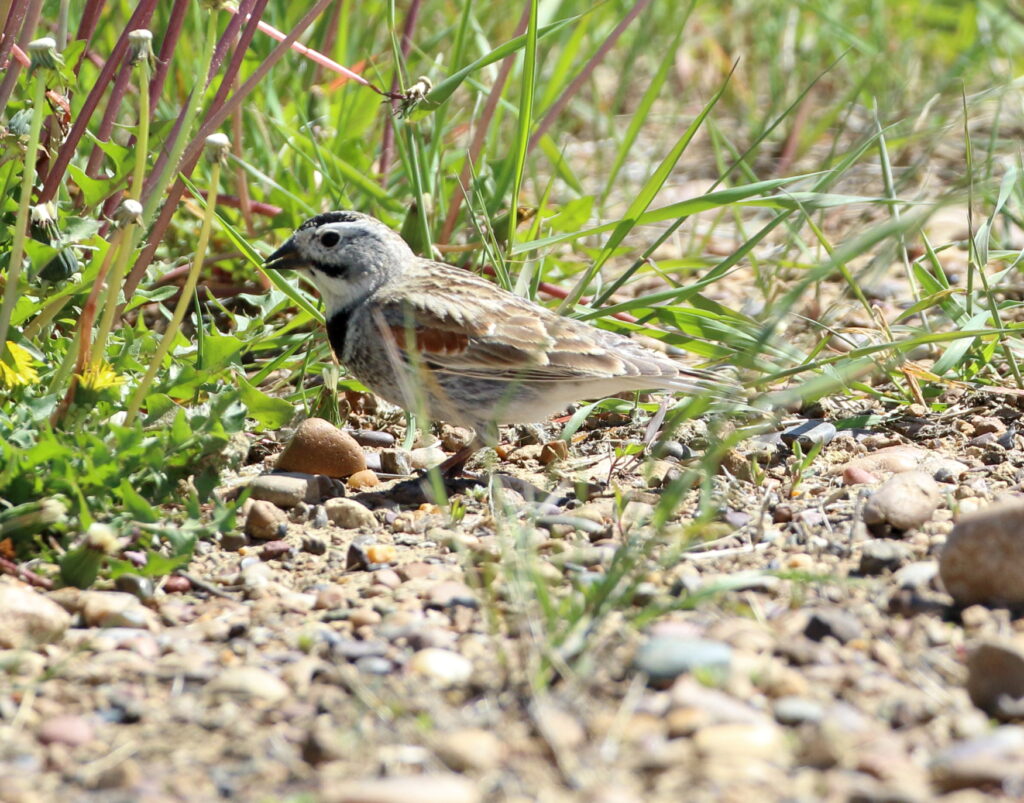
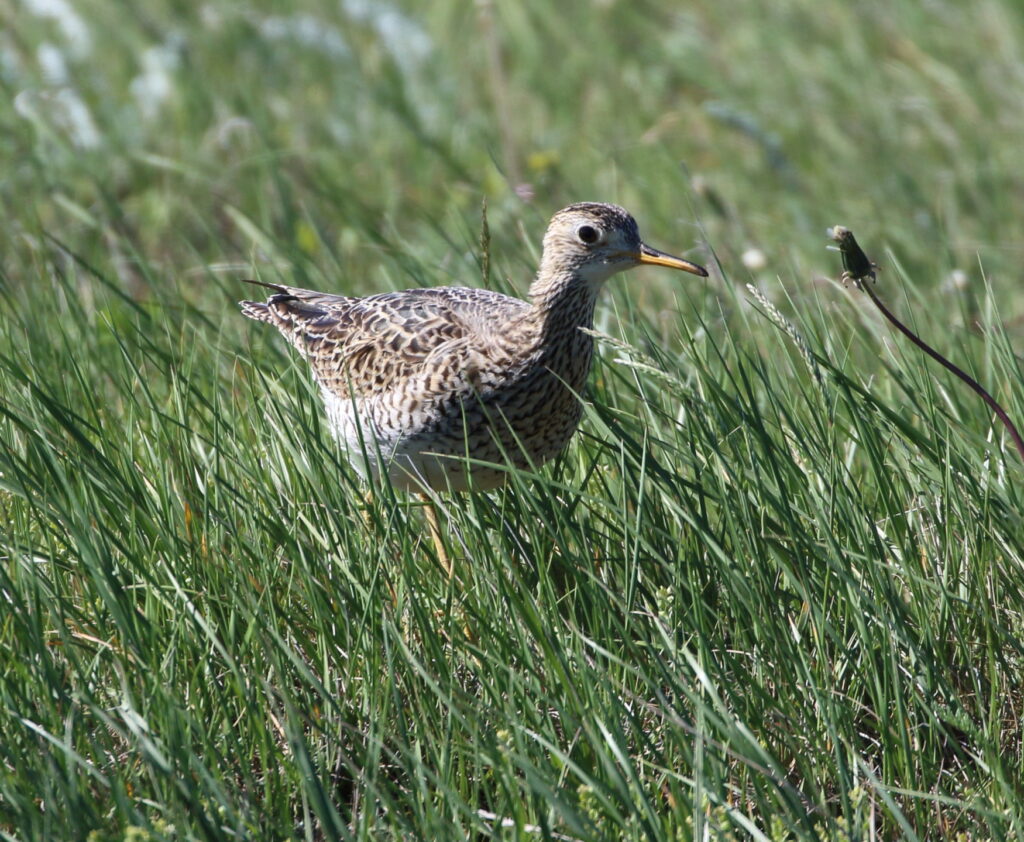
Our next destination? Daniels County, the first of the final seven counties Braden and I needed to bird to fill in our lifetime Montana county birding map profiles. Humorously, we first stopped to bird in the small town of Richland—only to discover that it sat not in Daniels County, but in Valley County, a county in which we already had a long history of birding! Our blunder turned out to be a good thing, though, because it forced us to stop for a picnic in Roseland Park in Scobey—yielding one of the biggest surprises of the trip. As soon as we parked on the street next to the park, Braden said, “Look over there!” I trained my binoculars on a large raptor sitting in a tree—a raptor that turned out to be a Broad-winged Hawk!
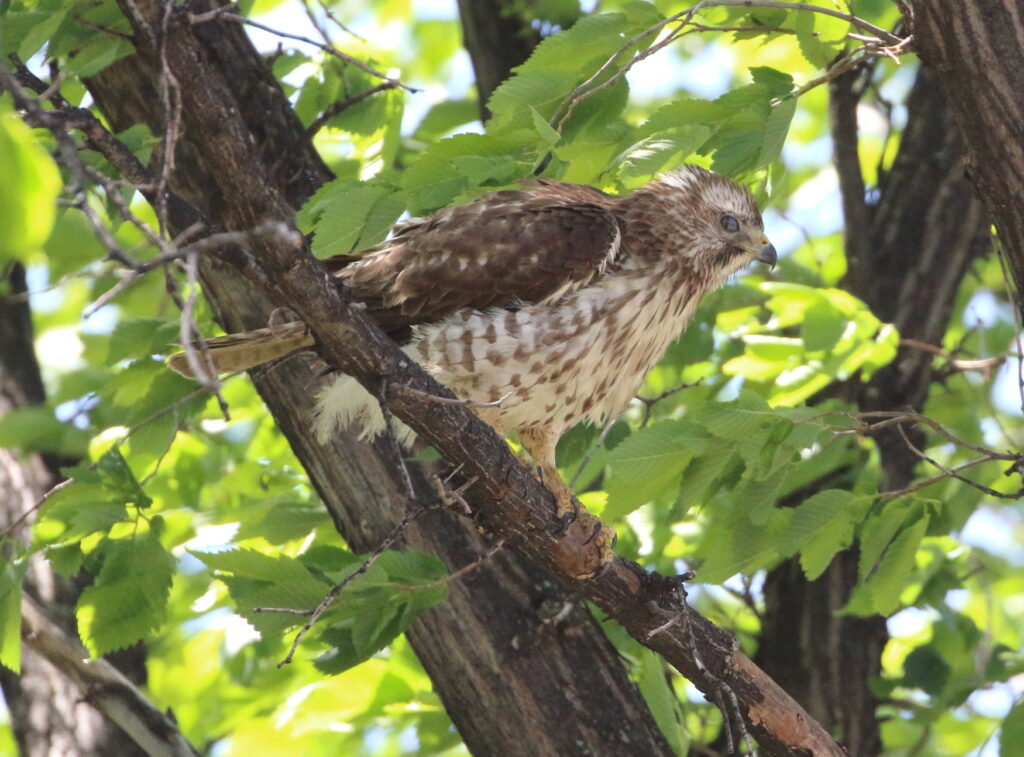
A few BWHAs come through Montana every year, but you usually see them hundreds of feet high as they migrate across the state. In fact, Braden and I had collected our first Montana Broad-winged only three days before while birding Camp Creek Campground near Zortman. And yet, here was another, sitting right in front of us! We were both totally astonished and it put us in great moods to eat our turkey-and-cheese sandwiches and do a little birding on nearby streets. We ended up with 14 species for our first Daniels County list, including Swainson’s Thrush, Warbling Vireo, and three Yellow Warblers. Not bad for a (sort of) accidental stop!
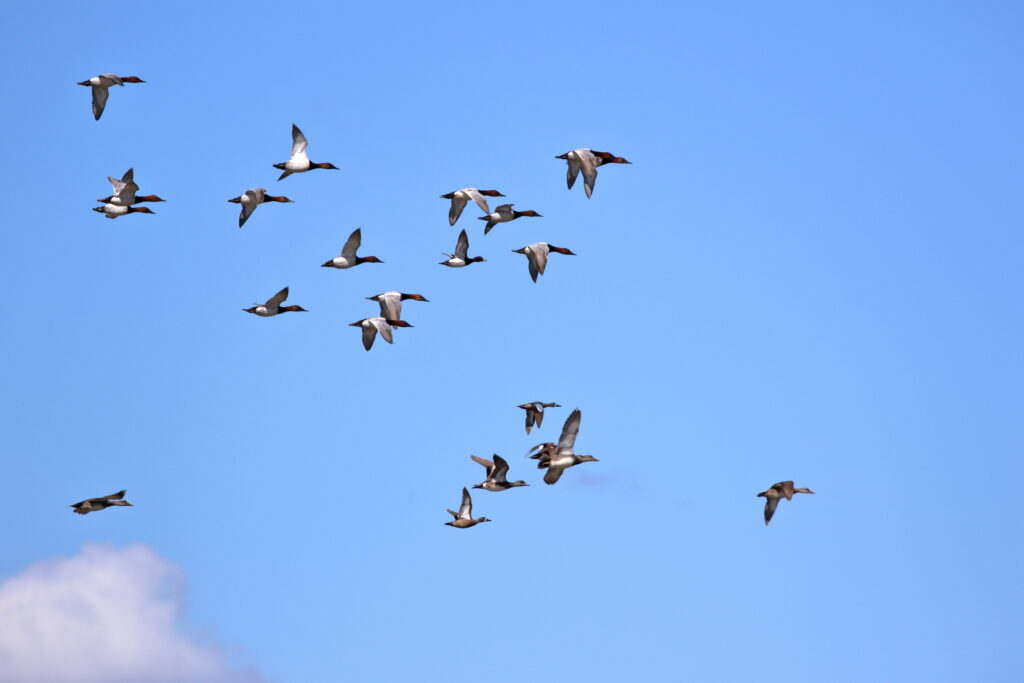
From Scobey, we bee-lined for Plentywood, a known hotspot for rare migratory birds that clip Montana’s northeastern corner on their way north. Alas, for various reasons we were missing the peak migration opportunity to find rare eastern warblers, Rose-breasted Grosbeaks, and other songbirds. Not only that, but warm, howling winds continued, squashing our plans to camp that night. Instead, we checked into a local motel and birded two local hotspots, Harry de Silva Park and Bolster Dam Campground.

Not unexpectedly, results were disappointing. The highlights were spotting several Purple Martins and a nice kettle of Turkey Vultures. To make matters worse, downed power lines had knocked out electricity to most of the town’s restaurants, forcing us to eat at Dairy Queen. It had been several decades since I’d eaten at a DQ, and I have to admit it wasn’t the worst meal in the world. Unfortunately, our food situation was destined to worsen as, the next day, we prepared to head to Montana’s Birding Mecca, Westby.
Make sure you don’t miss the next installment of our epic eastern Montana adventure by subscribing to FSB now. Simply scroll down on the right and fill out the “Subscribe Now” box that you find there!

